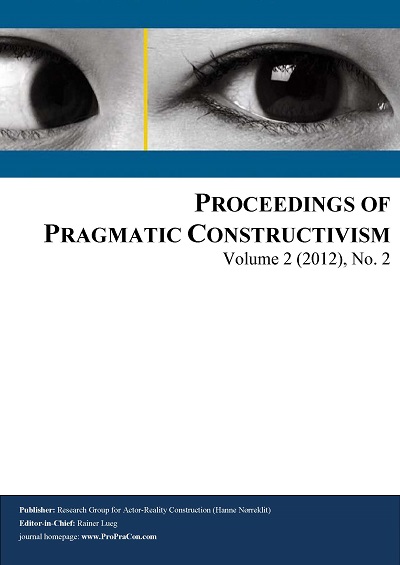Are you sure about what you mean by ‘uncertainty’? The actor’s perspective vs. the institutional perspective
DOI:
https://doi.org/10.7146/propracon.v2i2.16680Nøgleord:
Environmental uncertainty, perceived, archival, methodology, objective, correlationResumé
This paper explicates theoretical and methodological differences between Archival Environmental Uncertainty (AEU) and Perceived Environmental Uncertainty (PEU). Conceptually, we discuss the controversial development of the concepts in a literature review. We propose a reconciling framework which emphasizes that AEU and PEU differ due to the specificity of the decision unit, the predictability of change, and the use of leading indicators. We conclude that future conceptual work could further refine AEU- and PEU-measures; especially a better distinction between AEU and ‘risk’ is warranted.
Empirically, we are the first ones to investigate the statistical association between prevailing measures of AEU (Tosi et al., 1973; Dess and Beard, 1984) and PEU (Miller, 1993). Our analysis combines archival data on AEU (annual reports) with survey data on PEU from top executives of the 110 largest listed German companies (55% response rate) by using time series-, factor- and correlation-analyses. Our findings show—as predicted—that AEU and PEU correlate moderately on a significant level. Yet, adjustment of the AEU-measure for predictable changes does not increase the strength of this correlation. This implies that future empirical work should focus more on the specificity of the decision unit and the use of leading indicators than on adjusting the predictability of changeDownloads
Publiceret
Citation/Eksport
Nummer
Sektion
Licens
Previous and future use of the work
ProPraCon assumes the non-exclusive rights to publish and store the work of its authors, once they have consented to a publication. Since the rights to publish are non-exclusive, authors are free to re-use their work, e.g., to publish it in other media (as ProPraCon aims at publishing proceedings). Hence, it is explicitly allowed that works submitted to ProPraCon may be published in a somehow similar form in other media. Yet, submitting authors warrant that the work is not an infringement of any existing copyright and will indemnify the publisher against any breach of such warranty.
Permissions
By submitting work to ProPraCon, the authors declare that they have permission to use any content that has not been created by them. Specifically, when using tables, figures or excerpts of more than 400 words, it is expected that the authors…
- …obtain written permission of copyright for the use in print and electronic formats of any of their text, illustrations, graphics, or other material, in their work. This includes any minor adaptations.
- …acknowledge the original source in captions and in the reference list.





